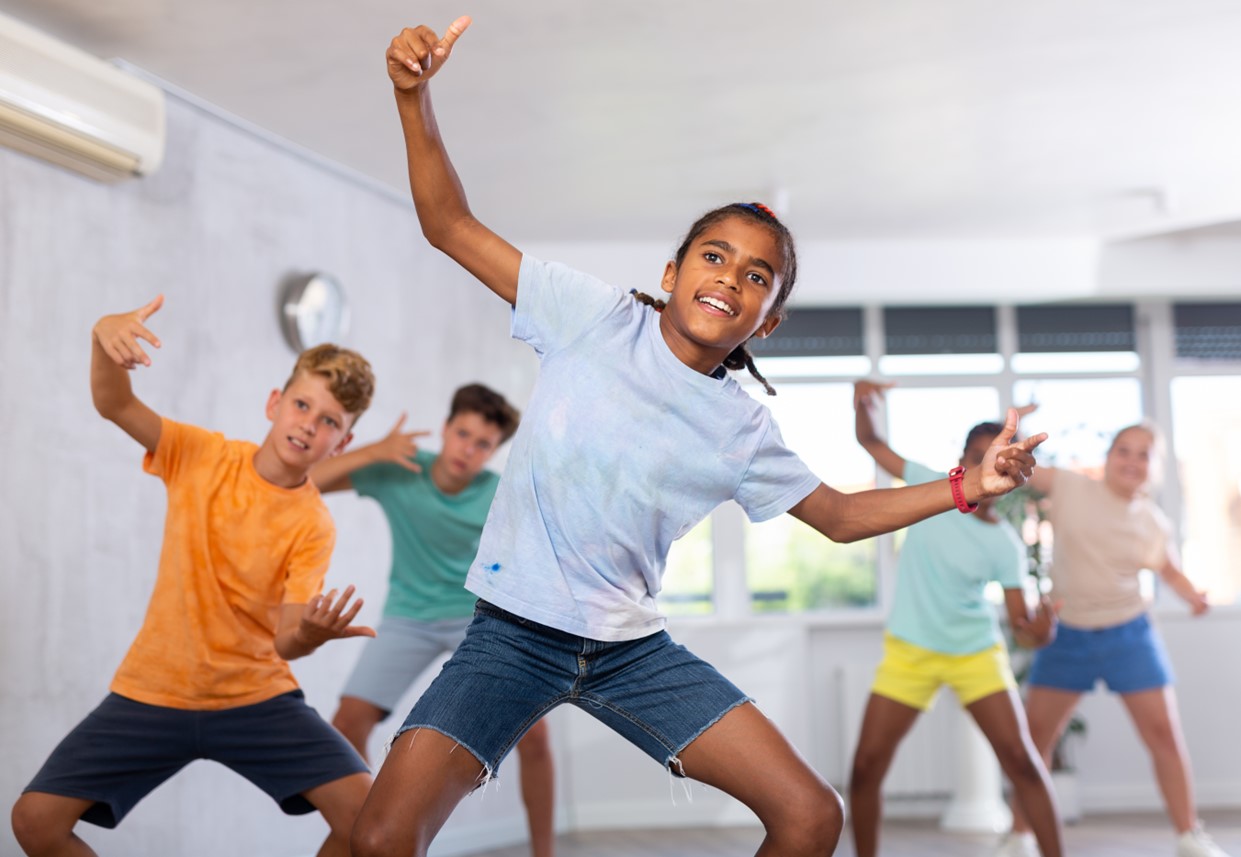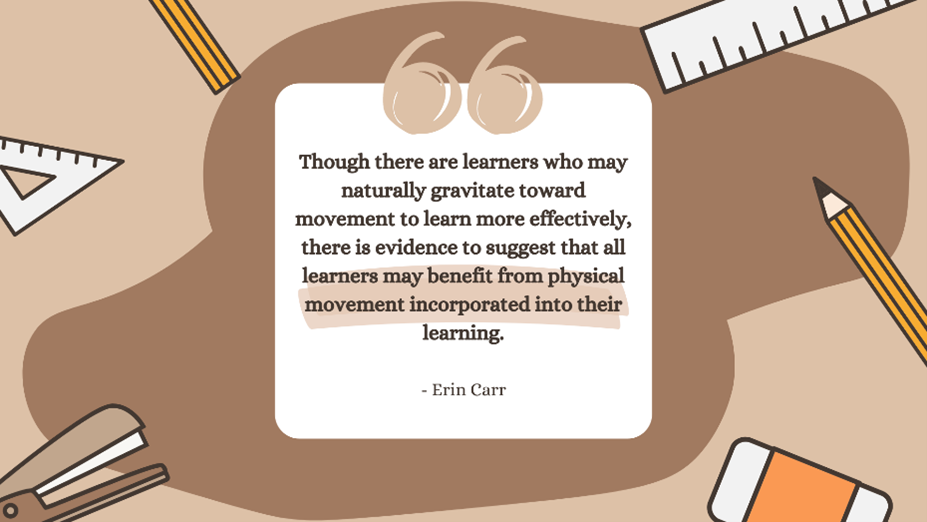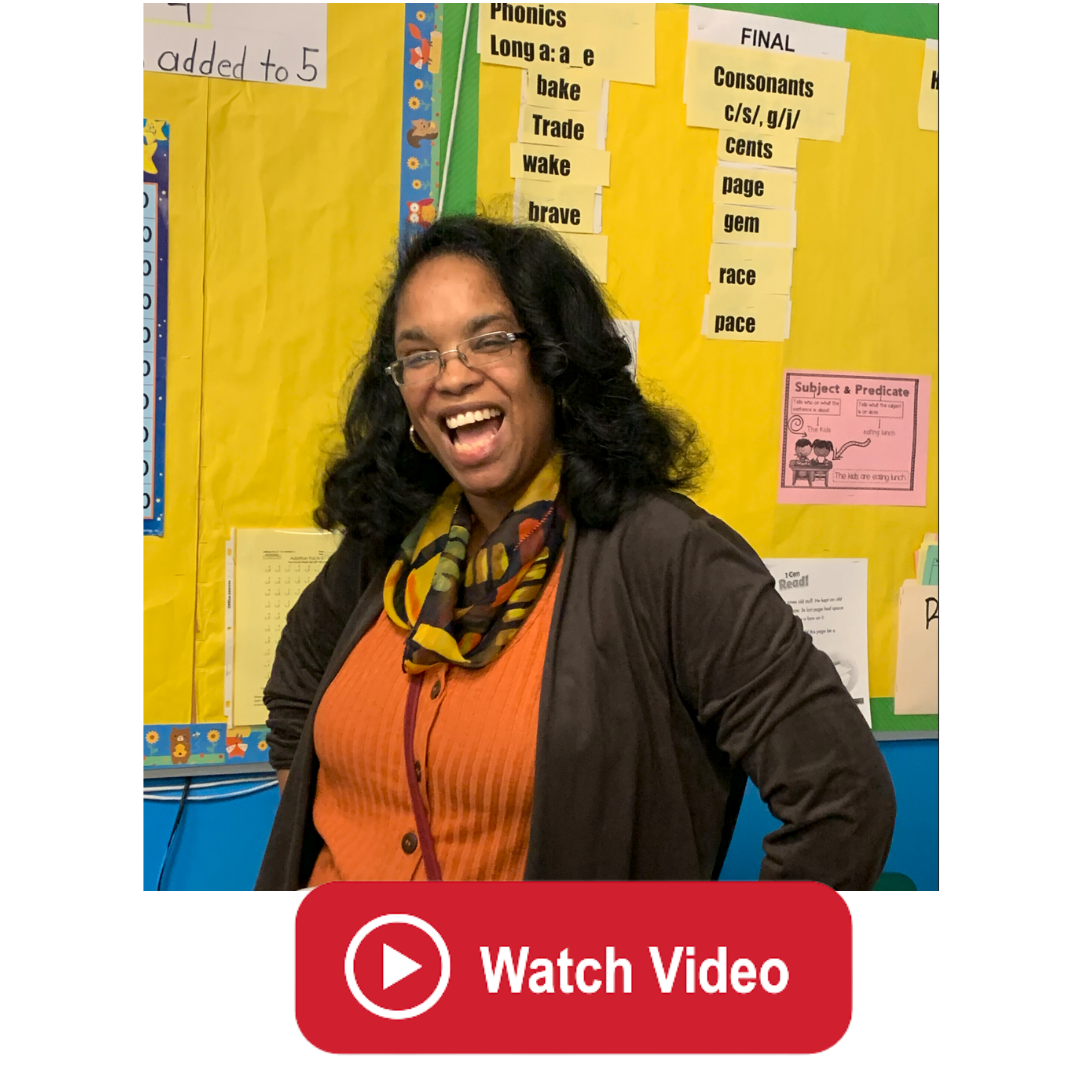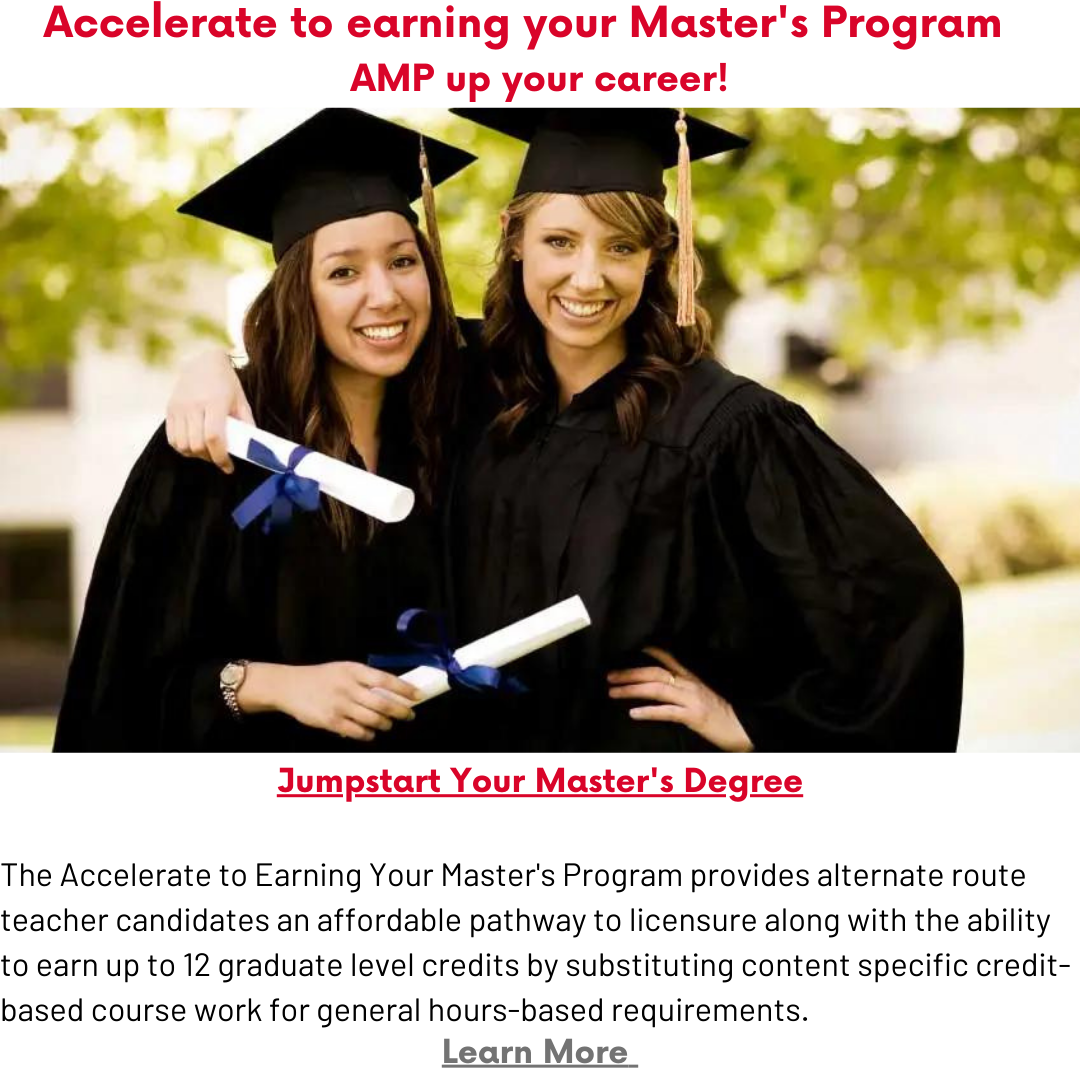Teachers Can Harness the Power of Movement to Boost Student Learning

For some learners, traditional classroom settings just don't cut it. Kinesthetic learners, in particular, thrive when they can connect learning with physical activity. Touch and feel give these learners a better understanding of a topic, which is why they may prefer practical knowledge to theoretical concepts. Though there are learners who may naturally gravitate toward movement to learn more effectively, there is evidence to suggest that all learners may benefit from physical movement incorporated into their learning.
Beyond Textbooks: The Benefits of Kinesthetic Learning
Research shows that kinesthetic activities improve concentration, reduce stress, and boost memory – and this applies to learners of all ages, from elementary school to college. Whether you're teaching in person or virtually, there are plenty of ways to get your students moving and learning.
Kinetic strategies can be incorporated directly into instruction through hands-on and movement activities. Younger learners working on phonetic awareness might clap their hands to count out syllables. Having students participate actively in activity through movement, rather than passive listening, may serve to improve their engagement with the subject matter.
One study surveying teachers’ perceptions and ability to incorporate kinesthetic learning into their classes found that teachers implementing a kinesthetic learning plan (KLP) reported observable changes in student learning and engagement. Teachers with a kinesthetic learning plan observed students “asking questions, making comments, making inquiries, and making statements. Teachers recalled hearing cheering, grouping aloud, calculating aloud, laughing, singing, giggling, yelling out answers, some teasing, some mocking, a little bit of whining, grunting, lots of self-speech, and giving out directions, all expected positive outcomes of a successful learning outcome.”
Kinesthetic movement created an opportunity for students to show enthusiasm for learning.
Brain Breaks for Better Focus
Kinesthetic movement isn't just about incorporating movement into lessons. Short breaks sprinkled throughout your teaching can be just as valuable. These "brain breaks" allow students to recharge mentally and physically.
Break brains serve as an opportunity for the brain and body to reset. Kinesthetic strategies like stretching, dancing and jumping jacks allow blood and oxygen to flow to the brain, giving students an opportunity to reset and enhance energy. Teachers can get ahead of potential student fatigue by scheduling these brain breaks intermittently throughout their class times. Activities like stretching, dancing, or jumping jacks get the blood pumping and oxygen flowing to the brain, leaving students refreshed and ready to learn again.

Learning Environments that Move
Movement can even be integrated into the classroom itself. Consider modifying furniture to accommodate kinesthetic learners who struggle to sit still.
Modifications and enhancements to seating may be incorporated to assist learners to struggle with fidgeting and focus. Balanced ball chairs or chair modifiers (stretch bands around chair legs or cushion seats) may assist kinesthetic learners in remaining focused and engaged by giving them the sensory input that they need to be successful.
Finding the Right Move for Your Students
There's no one-size-fits-all approach to kinesthetic learning. Talking to your students about their preferences can help you identify which strategies resonate most with them. By incorporating movement into lessons, brain breaks, and even classroom furniture, you can create a dynamic learning environment that caters to all learning styles, fostering a love of learning that goes beyond textbooks.

If you’re considering following your dream of teaching, Rutgers Alternate Route can offer you the support and training you need to succeed. Be sure to follow Rutgers Alternate Route on Twitter and sign up for Alternate Route’s monthly newsletter for more information and stories from the field of education.

 Erin Carr is a Special Education teacher in an Essex County Therapeutic School in New Jersey. A Social Work major in college, Erin used her knowledge of social welfare and mental health to pursue a career in teaching through the Rutgers Alternate Route. Erin is driven by a passion for sharing her love of learning, connecting with students, and imparting life-enhancing lessons.
Erin Carr is a Special Education teacher in an Essex County Therapeutic School in New Jersey. A Social Work major in college, Erin used her knowledge of social welfare and mental health to pursue a career in teaching through the Rutgers Alternate Route. Erin is driven by a passion for sharing her love of learning, connecting with students, and imparting life-enhancing lessons.





